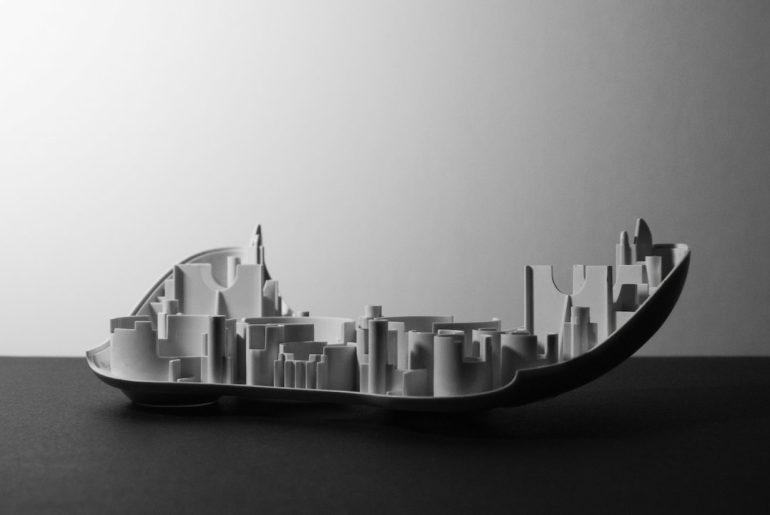You can use special tools like product architecture to make products better and faster. It’s for more than just beginners; experts can learn new things. Trying different ways can make your designs smoother. Learning new stuff can help you be better and make cool things. This article discusses it, why it’s essential, the two types, and the steps you can follow.
What is Product Architecture?
It refers to a tool or method used in product development that helps project managers and other professionals understand and outline the features and functions of a product, as well as how these elements are connected. This tool is often represented through schematic diagrams or visual aids.

It serves as a way to break down and organize the functional components of a product so that they can be analyzed and reviewed effectively. It’s essential to clarify that product architecture does not deal with the physical aspects of the development, such as its physical design or materials used, but instead focuses on how different parts of the product are interrelated and work together.
Product architecture is closely related to systems engineering principles and system-level design, helping ensure that a product’s components function cohesively to meet its intended purpose.
Why is Product Architecture important?
It is like a unique plan for making things. It’s like a map that shows how all the pieces of a product fit together. This map is essential because it helps teams know what to do and who controls each part.
Let’s say you’re building a car, a computer, or a security system. You don’t want to put in things you don’t need. Well, that’s where product architecture helps. It helps experts plan the project well and only adds extra necessary things.
So, whether it’s making excellent new software or a fancy car, having a clear product architecture is like having a game plan to ensure everything goes smoothly.
Types of Product Architecture
There are two main ways to build things: integral and modular. Let’s talk about them!
First, there’s integral architecture. With this, you look at each part of a product by itself, like tiny puzzle pieces. You try to understand how they all fit together. It can help you save money because you get to know each part.
Then, there’s modular architecture. Here, you break a product into smaller parts, like building blocks. Each piece has its job, and they work together like a team. You can change one block without messing up the whole thing if something needs fixing.
So, integral is like looking closely at each piece, and modular is like building with blocks that fit together neatly. Both ways have their strengths!
Stages of Product Architecture
Step 1: Create a Product Diagram
The initial stage in designing a product’s architecture involves crafting a block diagram or a visual schematic of the product. The primary aim of this diagram is to represent the product’s features clearly and visibly, making them readily understandable for review and analysis.
You can simplify this process by using a schematic template if needed. Having a clear objective for your product’s architecture makes it easier to choose the appropriate diagram type that aligns with your product and your goals.
Step 2: Group the Diagram’s Components
After you have depicted the product’s features and components, the next step involves categorizing them into clusters. The specific groupings will often depend on the nature of the product you are examining.
When differentiating these categories, it’s crucial to concentrate on the connections between the product’s elements and the clusters themselves. Instead of solely considering the physical parts of the product, conduct a thorough analysis of its features and the ways they interconnect or interact with one another.
Step 3: Formulate a Geometric Layout of Elements
After categorizing the product elements into groups, employ these groupings to design a geometric layout that aids in visualizing the patterns and objectives of the product under examination.
This geometric arrangement serves as the basis for establishing the structure of the product’s architecture. In essence, the groupings of elements form the groundwork upon which the architecture is constructed.
Step 4: Determine Interactions and Connections between Elements
To finalize the product architecture, connect the elements’ groups by drawing lines representing the relationships between them. It lets you and your colleagues identify incidental and crucial interactions among the product’s features.
These findings may lead to various implications for the development of the business. For instance, your objective might have been to enhance customer retention or boost revenue, and the relationships you observe within the architecture can vary depending on your initial goals and what you aimed to accomplish.
Benefits of using Product Architecture
Product development and manufacturing teams use “product architecture” for different reasons. Here are some good things about using it:
- Finding things we no longer need so we can take them out and put new things in.
- Letting different teams work on the product at the same time.
- Making the product unique for the people who will use it by changing it how they want.
- Changing one part of the product without changing the whole thing.
- Making it easy to make the product worse over time.
- Making things that last a long time and are suitable for the environment.
- Saving time and money when making the product.
- Making the product work better.
Conclusion
To wrap it up, think of product architecture as a special tool that helps people make really cool stuff. It’s like a treasure map for building things, showing the way step by step. We talked about what it is, why it’s important, the two main types (integral and modular), and the important steps to use it.
When companies use product architecture, they can make things better, save money, and make stuff that’s super awesome for all of us to use!






